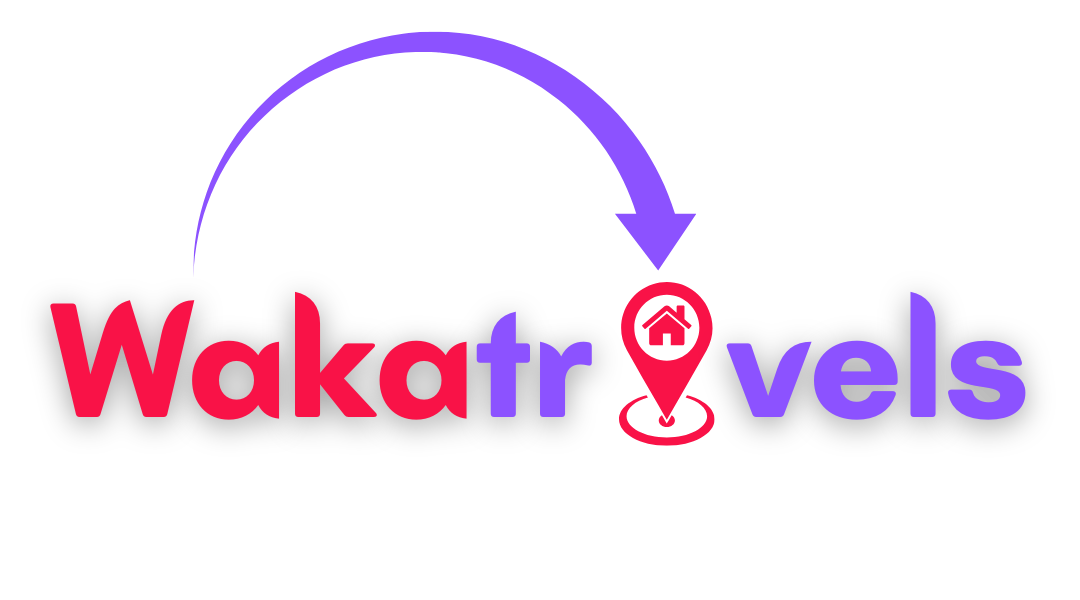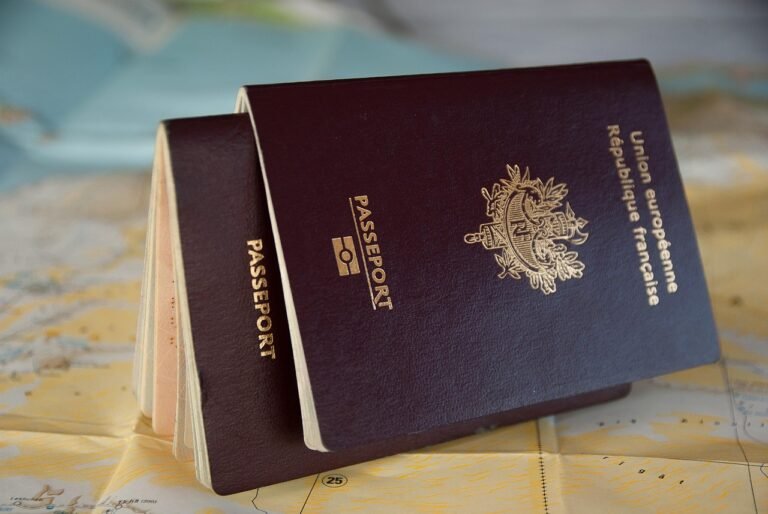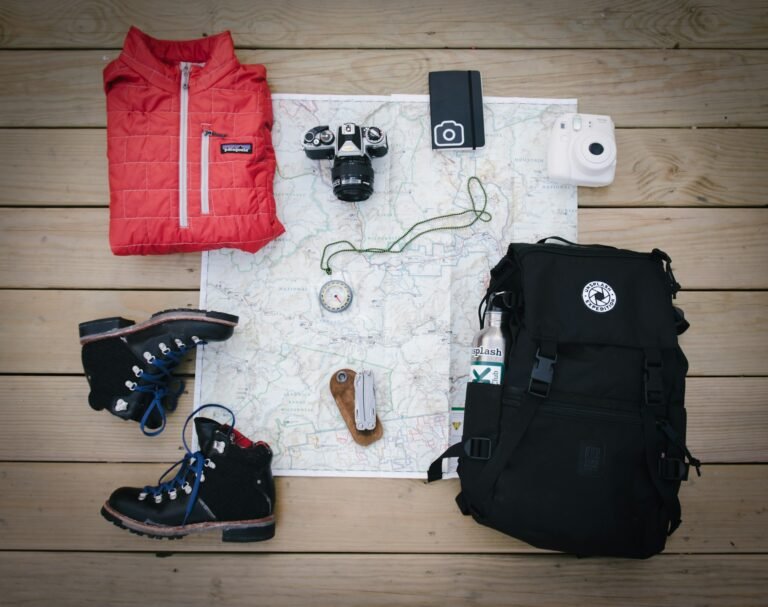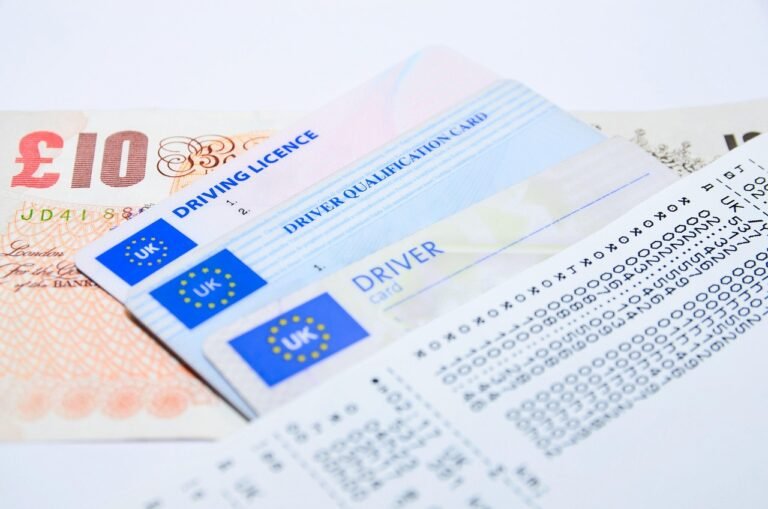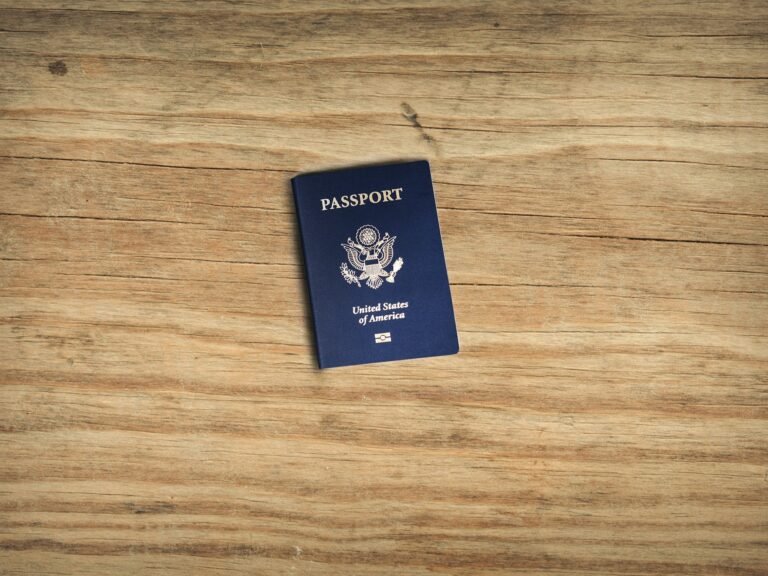
It was raining the day I fell in love with France. Not the picturesque drizzle you see in romantic movies, but the kind that soaks through your shoes and makes your hair stick to your forehead. I was huddled under the awning of a tiny pâtisserie in Montmartre, clutching a pain au chocolat like it was my lifeline, when a local shopkeeper gestured for me to wait inside.
“Le temps est mauvais aujourd’hui,” she said, smiling as she handed me a towel.
I didn’t understand a word, but I got the message: you’re welcome here. That moment – soggy shoes, chocolate-stained fingers, and unexpected kindness – captures something essential about France that no travel brochure ever could.
After five visits (and counting), I’ve collected enough stories, recommendations, and embarrassing language mix-ups to fill a book. So grab an espresso and let’s chat about where you should actually go in France – beyond the obvious tourist traps.
Paris: Yes, It’s Worth It (But Not How You Think)
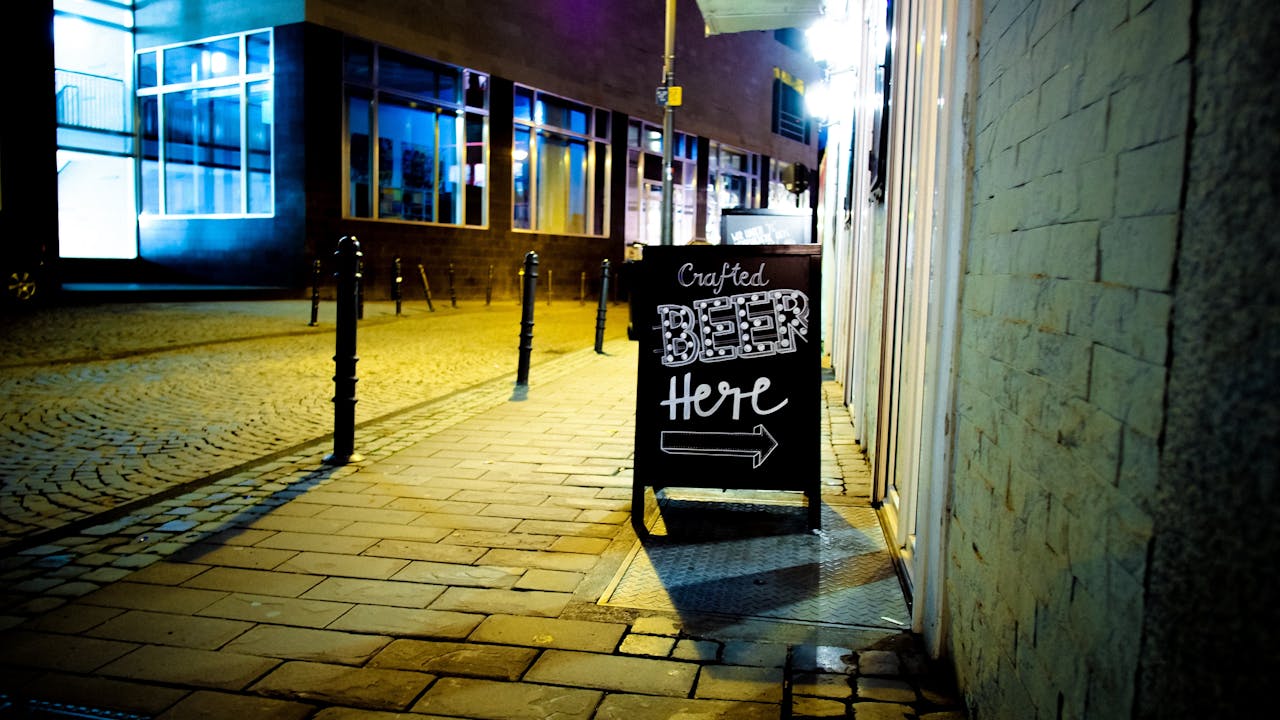
Everyone wants to know if Paris lives up to the hype. Short answer? Yes. But not for the reasons you might expect.
Sure, the Eiffel Tower is impressive (especially when it sparkles at night), and the Louvre deserves at least a day of your time. But the real magic happens when you ditch the checklist and wander aimlessly through the less Instagram-famous neighborhoods.
My favorite memory of Paris isn’t standing at the top of the Eiffel Tower or seeing the Mona Lisa through a sea of selfie sticks. It’s buying a bottle of cheap wine from a corner store, finding a spot along the Seine at sunset, and watching local teens practice dance routines while elderly couples stroll hand in hand.
The best parts of Paris are the ones you stumble upon – the neighborhood markets where grandmothers haggle over the freshness of fish, the hidden courtyards behind unmarked doors, the tiny jazz clubs where the music spills onto the street at midnight.
Pro tip: For every major attraction you visit, balance it with an afternoon of purposeless wandering. The 11th arrondissement, Canal Saint-Martin, and the hills of Belleville offer the perfect blend of local life and postcard-worthy scenes.
The French Riviera: Not Just for Celebrities
I arrived in Nice with approximately one-tenth the budget needed to live the Côte d’Azur lifestyle I’d seen in movies. My accommodation was a stuffy hostel room shared with seven strangers, not a beachfront villa with an infinity pool.
But guess what? The French Riviera is still absolutely magical when you’re broke.
The public beaches are just as sun-drenched as the private ones. The Mediterranean is the same impossible shade of blue whether you’re viewing it from a yacht or while sitting on a rock eating a €4 sandwich. And the coastal path that winds from Nice to Villefranche-sur-Mer offers million-dollar views for the cost of comfortable walking shoes.
Don’t get me wrong – if you can afford to splurge on a beachfront dinner in Cannes or a day trip to Saint-Tropez, do it! But the soul of the region isn’t found in its glamour. It’s in the pastel-colored fishing villages, the family-run seafood restaurants where the menu changes based on the morning’s catch, and the local markets where you can assemble a perfect picnic for under €10.
My favorite spots? The narrow streets of Old Nice, the artistic haven of Antibes, and the impossibly picturesque Villefranche-sur-Mer. If you have time, take the train to Menton near the Italian border – it’s like someone turned the color saturation up on an already gorgeous coastal town.
Provence: Where Time Slows Down (In the Best Way)
“You’re going at the wrong time,” a friend told me when I mentioned my October trip to Provence. “The lavender will be gone.”
She wasn’t wrong about the lavender – the famous purple fields are a summer phenomenon. But she was wrong about everything else.
Provence without summer crowds is a revelation. The light that inspired Van Gogh and Cézanne bathes ancient stone villages in a golden glow. The weekly markets are bustling with locals rather than tour groups. And you can actually get a table at that café with the perfect view without making reservations weeks in advance.
The region is vast and diverse, from the ochre cliffs of Roussillon to the wetlands of the Camargue where wild horses roam. But my heart belongs to the small villages perched on hillsides, where time seems to move at the pace of the old men playing pétanque in the town square.
In Gordes, I watched the sunset paint limestone buildings in shades of pink and gold. In Lourmarin, I spent three hours at lunch because, well, that’s what you do there. In Arles, I traced Van Gogh’s footsteps and discovered that his paintings weren’t exaggerations – the light really is that extraordinary.
The Loire Valley: Fairy Tales Are Real
I’m not usually one for fancy historical tours, but there’s something about the châteaux of the Loire Valley that hits different. Maybe it’s because they’re not stuffy museums but real places where people lived, loved, schemed, and dreamed.
The scale of these castles is mind-boggling. At Chambord, I got lost counting the 440 rooms and double-helix staircase designed by Leonardo da Vinci. At Chenonceau, I stood mesmerized by the gallery spanning the River Cher, imagining the extravagant parties once held there.
But my favorite château wasn’t the biggest or most famous. Villandry captured my heart with its geometric gardens – a massive living artwork of vegetables and flowers arranged in patterns visible from the castle windows. I spent hours wandering through them, admiring the Renaissance-era landscape design that was both practical and breathtakingly beautiful.
The best way to experience the Loire Valley? By bicycle. The flat terrain and dedicated cycling paths make it possible to pedal from one fairy-tale castle to another, stopping at wineries and local restaurants along the way. Even for someone as athletically challenged as me, it was doable and utterly enchanting.
Normandy: Where History Hits You in the Gut
Nothing prepared me for how emotional my visit to Normandy would be. Standing on Omaha Beach, looking out at the peaceful shoreline where thousands of soldiers lost their lives, creates a lump in your throat that no history book can convey.
The D-Day beaches and American Cemetery are powerful, sobering places that should be on every traveler’s list – not as tourist attractions but as pilgrimage sites that remind us of the cost of freedom.
But Normandy isn’t just about World War II history. It’s a region of staggering beauty and diversity. Mont-Saint-Michel, the abbey that appears to float on water during high tide, seems to belong in a fantasy novel rather than the real world. The half-timbered houses of Rouen, where Joan of Arc was executed, transport you to medieval times. And the dramatic chalk cliffs of Étretat would make any landscape photographer weak at the knees.
Then there’s the food. Normandy is apple country – the place where cider and Calvados (apple brandy) flow freely and crêpes come doused in local caramel sauce. The dairy products are life-changing; I still dream about the butter and cream-laden dishes I consumed there with reckless abandon.
Beyond the Obvious: My Personal French Favorites
While the big hitters deserve their fame, some of my most treasured French memories come from places you might not find on typical “Top 10” lists:
Annecy: Often called the “Venice of the Alps,” this town’s turquoise lake surrounded by mountains made me question whether I was looking at a real place or a painting. The old town, with its canals and flower-covered bridges, is almost too charming to be real.
Colmar: If you’ve ever wanted to step into a fairy tale, this Alsatian town is your chance. The half-timbered houses painted in candy colors reflected in the canal create a setting so picturesque I kept expecting singing teapots to appear.
Corsica: This Mediterranean island technically belongs to France but feels like its own world. The landscapes shift dramatically from powder-white beaches to rugged mountains, and the cuisine blends French and Italian influences in the most delicious ways.
Dordogne Valley: Cave paintings, medieval castles, limestone cliffs, and some of the best food I’ve ever eaten make this region a hidden gem for those seeking the “real” France.
Brittany: The wild coastline, mystical forests, and Celtic-influenced culture create an atmosphere unlike anywhere else in France. Plus, the seafood and crêpes will ruin you for all other versions.
When to Go? It Depends on What You Want
France transforms dramatically with the seasons, and the “best” time to visit depends on your priorities:
Spring (April-June): My favorite time. The crowds are thinner, the flowers are blooming, and the weather is generally pleasant without being too hot. Paris in springtime really is as romantic as they say.
Summer (July-August): The classic vacation season brings warm weather and longer days, but also crowds and higher prices. Southern France becomes gloriously Mediterranean, but cities can be stifling. This is lavender season in Provence and beach season on the coasts.
Fall (September-October): Harvest time brings wine festivals, changing leaves, and milder temperatures. The tourist hordes thin out, and there’s a lovely mellowness to the countryside.
Winter (November-March): The quietest season offers Christmas markets, alpine skiing, and the chance to see major sites without crowds. Paris in the rain has a moody charm, and the comfort food (think cassoulet and raclette) comes into its own.
Some Hard-Earned Travel Tips

After numerous trips ranging from budget backpacking to moderate splurging, I’ve collected some insights that might save you from my mistakes:
- Learn some basic French phrases: Even if you butcher the pronunciation (like I inevitably do), the effort is appreciated and usually met with warmth.
- Embrace long lunches: The French take mealtime seriously. A proper lunch often lasts two hours, and rushing through it means missing a fundamental cultural experience.
- Don’t try to see everything: France deserves multiple visits. Pick a region or two and explore deeply rather than racing between highlights.
- Use the trains: The French rail system is extensive, comfortable, and often offers spectacular views. Booking in advance can save significant money.
- Respect mealtimes: Many restaurants only serve lunch from noon to 2 PM and dinner from 7 PM onwards. Planning your day around these times prevents hunger-induced crankiness.
- Markets are your friends: From fresh produce to perfect picnic supplies, local markets offer the best quality at the best prices.
- Slow down: My biggest regret from my first trip was trying to tick off too many “must-sees” instead of allowing time for spontaneous discoveries.
| Region | Best For | When to Visit | Don’t Miss |
| Paris | Art, architecture, cuisine | Spring or Fall | Lesser-known museums, local neighborhoods |
| French Riviera | Beaches, glamour, art | Late Spring or Early Fall | Coastal walking paths, markets |
| Provence | Landscapes, villages, history | Late Spring or Fall | Local festivals, wine tastings |
| Loire Valley | Châteaux, wine, cycling | Spring through Fall | Gardens, small producers |
| Normandy | History, coastline, cuisine | Spring or Summer | Local cider tastings, coastal walks |
| Burgundy | Wine, gastronomy, canals | Late Spring through Fall | Small wine villages, hiking |
| Alps | Mountain landscapes, adventure | Summer for hiking, Winter for skiing | Alpine lakes, traditional villages |
Frequently Asked Questions About Visiting France
What is the best time to visit France?
The best time to visit depends on your priorities. Spring (April-June) and fall (September-October) offer pleasant weather and fewer crowds. Summer (July-August) is peak tourist season with warmer temperatures but larger crowds. Winter (November-March) is quieter but can be chilly, though perfect for experiencing Christmas markets and skiing in the Alps.
Do I need a visa to visit France?
Many visitors from countries including the US, Canada, Australia, and New Zealand can visit France for up to 90 days without a visa. EU citizens can enter freely. Check the official French government website for the most current visa requirements based on your nationality.
What is the currency in France?
France uses the Euro (€). Credit cards are widely accepted in cities and tourist areas, but smaller establishments and rural areas might prefer cash. Always carry some cash for small purchases and places that don’t accept cards.
Is English widely spoken in France?
English is commonly spoken in tourist areas, major cities, and by younger people. However, learning basic French phrases is appreciated and can enhance your experience, especially in rural areas where English proficiency may be limited.
What should I pack for a trip to France?
Pack according to the season but include comfortable walking shoes, adaptable layers, a travel adapter, and a small umbrella. For city visits, bring smart-casual clothing – the French generally dress well. If visiting religious sites, bring clothes that cover shoulders and knees.
How do I get around in France?
France has excellent public transportation. The high-speed TGV trains connect major cities, while regional trains and buses serve smaller towns. In cities, use metro systems, buses, and trams. Renting a car is best for exploring rural areas at your own pace.
Is tap water safe to drink in France?
Yes, tap water is safe to drink throughout France. You can ask for “une carafe d’eau” (a jug of water) at restaurants for free instead of buying bottled water.
What are the must-see places in France?
Beyond Paris, consider visiting the Loire Valley châteaux, Provence’s lavender fields, the D-Day beaches in Normandy, the French Riviera, Mont-Saint-Michel, and wine regions like Bordeaux and Burgundy.
What is the tipping etiquette in France?
Service is typically included in restaurant bills (look for “service compris”). Additional tipping is not expected but rounding up the bill or leaving a few euros for exceptional service is appreciated. For taxis, rounding up is common.
Are there any cultural customs or etiquette I should know?
Always greet shopkeepers and restaurant staff with “Bonjour” when entering and “Au revoir” when leaving. French people value politeness and formal greetings. Mealtimes are important – lunch is typically 12-2 PM and dinner from 7:30 PM onwards.
What are the best regions for wine tasting?
The classic wine regions include Bordeaux, Burgundy, Champagne, Loire Valley, Rhône Valley, and Alsace. Each has its own wine route with organized tours and tastings available. Smaller, family-run vineyards often offer more personal experiences than famous châteaux.
How can I save money while traveling in France?
Eat the main meal at lunch when prix-fixe menus are cheaper, stay in accommodations with kitchen facilities, use public transportation, visit museums on free days (often the first Sunday of the month), and look for the “formule” or set menu options at restaurants.
Final Thoughts: The France I Keep Coming Back To
Here’s the thing about France – it’s not perfect. The train strikes can derail your plans. Some waiters really do fit the stereotypical rude French service mold. And yes, stepping in dog poop on Parisian sidewalks is a real hazard.
But it’s a country that rewards curiosity and openness in ways that continue to surprise me, even after multiple visits. It’s the elderly woman who invited me into her garden when she caught me admiring her roses in Giverny. The baker who gave me an extra croissant “for courage” when I attempted to place my order in broken French. The family who shared their picnic blanket and homemade wine when all spots along the Loire were taken.
The France I love isn’t just the one in glossy travel magazines. It’s found in small moments, unexpected kindnesses, and places that never make the front of guidebooks. It’s complicated, sometimes frustrating, always fascinating, and endlessly rewarding for those willing to look beyond the obvious.
What’s your favorite place in France? Or if you haven’t been yet, where would you like to go first? I’d love to hear your thoughts and questions in the comments below.
À bientôt!
